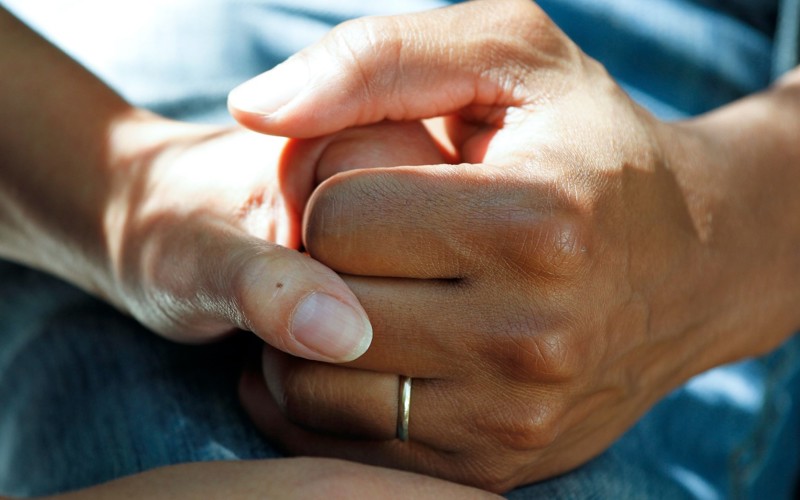New research from the Scottish Centre For Administrative Data Research found that people who were part of the Scouts or Guides as children are likely to have better general health as adults.
The study was published in the journal of European Journal of Public Health and led by Professor Chris Dibben and was co-authored by Research Data Scotland’s Data Curation Manager, Dr Lynne Adair. It found children who participated in these organisations were around 35 per cent more likely to report excellent health at age 50 compared to their peers.
We spoke to Dr Adair about how the research was undertaken, the difficulties in accessing public sector data, and how similar research can pave the way for policies that improve lives in Scotland.
What was your role in the study?
I was initially the lead researcher on the study. I drafted the project proposal, applied for ethical approval, and applied for access to the data. Once the data was obtained, I did some preliminary analysis.
When I moved onto a new role at the Scottish Longitudinal Study, a new researcher, Dr Laurie Berrie was employed, who did the majority of the work. However, I remained as part of the project team.
What data sources were used, and how was data accessed?
The data we used were from the Aberdeen Children of the 1950s (ACONF) study. ACONF followed a cohort of individuals born in Aberdeen between 1950 and 1956.
These individuals were first surveyed in 1962 whilst at school, and early-life data were obtained from birth certificates and school and hospital records. In 1964, a random sample of them were asked about family circumstances, attitudes and behaviour , including membership in organisations such as the Scouts and the Guides. They were then traced for a further follow-up questionnaire in the early 2000s, including self-reported health.
An earlier study using a different cohort found that participation in Guides or Scouts was associated with better mental health and narrower mental health inequalities at age 50. We wanted to use a Scottish population cohort (in this case, data from the ACONF study) to look at general health outcomes, to see if similar results would be found.
There were 1333 participants in our cohort. We used these this data to model the participants’ self-reported health around age 50 and looked at whether this was different for those who attended youth movements (such as the Guides and Scouts) compared to their peers who did not. To do this, we also took into account differences in socioeconomic situation in childhood, a child’s health, well-being and development, and parental support and engagement in their child’s development.
Further research is planned to explore the previously reported link between youth movement attendance and adult mental health, and aims to link ACONF data with individual prescription records for mental health to achieve this.



